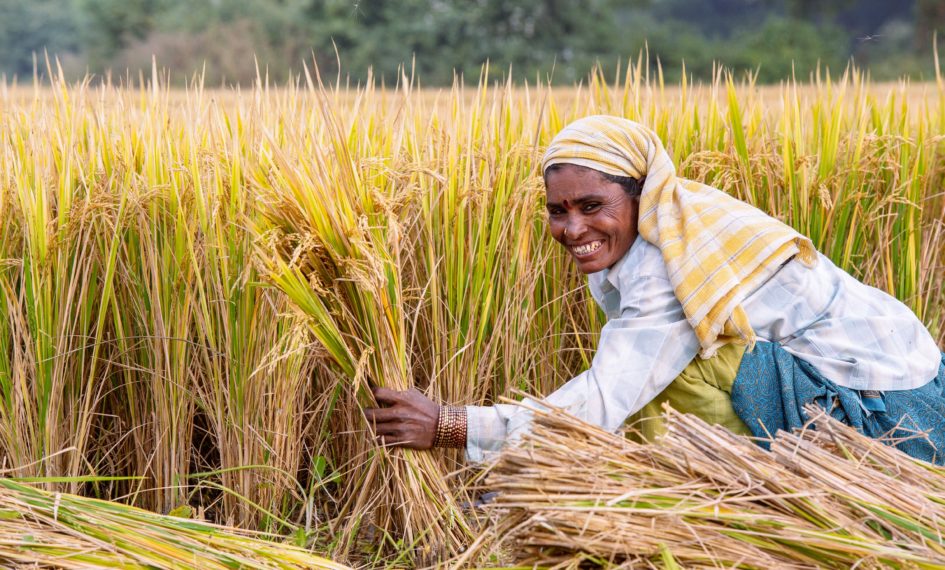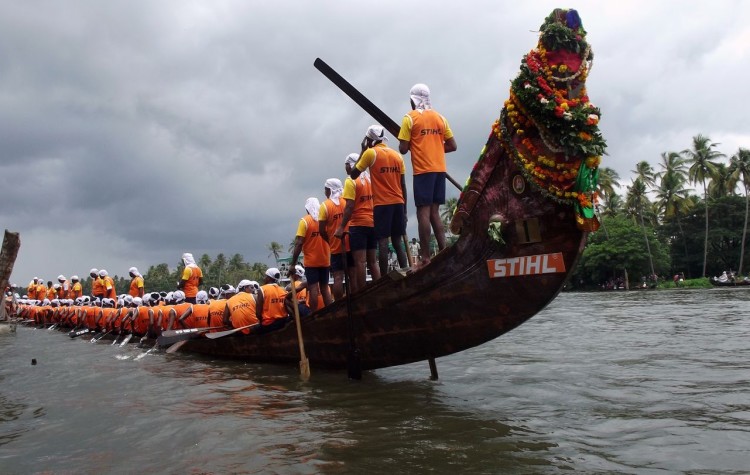Pongal is an ancient harvest festival of South India, especially Tamil Nadu, celebrated in various manifestations all across India with abundant joy and enthusiasm over the course of four days. The essence of the festival is to get rid of all the elements that create negative energy, thus making room for positive energy in the house.
This festival of thanksgiving takes place in mid-January, which astronomically marks the beginning of ‘Uttarayana’ (the sun’s northward journey for six long months). The festival starts comparatively later than other thanksgiving celebrations because India’s celebrations are tied in with nature and the bounty of the harvest season, which begins in mid-January.
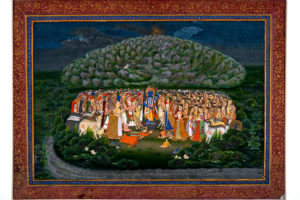
History and Mythology
According to local lore and mythology, Lord Indra, the god of rain, in his pride and arrogance decided to flood the city of Mathura in heavy rain and storm. As a result, Lord Krishna protected the people and cattle of Mathura by lifting Mt. Govardhan on his little finger to provide shelter to all. Lord Indra continued the heavy rain and thunder for three days but in the end, realised the divine power of Lord Krishna and pleaded for forgiveness. Lord Krishna forgave him and even encouraged locals to celebrate Bhogi (first day of Pongal) in honour of Lord Indra.
Another legend says that Lord Shiva sent his bull Nandi to ask people on Earth for an oil bath every day and for food once a month. However, Nandi somehow conveyed the message incorrectly and asked the people to eat daily and bathe once a month.
As a repercussion, an angry Lord Shiva banished Nandi to Earth to help humans harvest more food. Thus, making Pongal a festival of harvest.
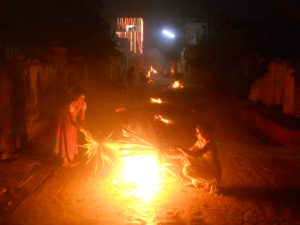
First Day of Pongal
The first day of Pongal is called Bhogi. It is celebrated in honour of Lord Indra, the deity of clouds and rain. People throw their useless household items and agricultural waste in the fire which marks the beginning of a new cycle.
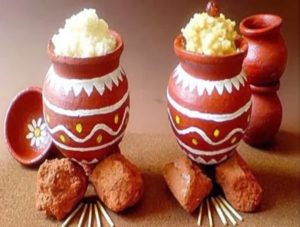
Second Day of Pongal
The second day of Pongal is the most important day, also called Perum and Surya Pongal. People worship Surya, the Sun God by offering rice boiled in milk in a new earthen pot which is tied to a turmeric plant.
Along with rice and turmeric, sugar-cane, coconut and bananas are also offered during the prayers. Beautiful kolams (auspicious designs), made with flour and clay, can be seen all around the courtyards of local houses.
Derived from the local language, Pongal takes its name from Ponga, a dish consumed during this festive period which is sweetened rice boiled with lentils.
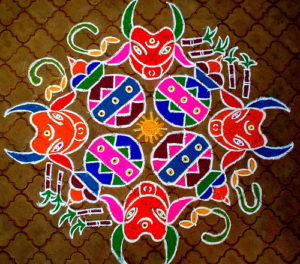
Third Day of Pongal
The third day of Pongal is called Mattu Pongal that includes the worshipping of cattle.
Colourful bells and garlands are tied around their necks; the belief is the land ploughed by the worshipped cattle will provide a bountiful harvest. The legend of Lord Shiva and Nandi is also associated with this day.
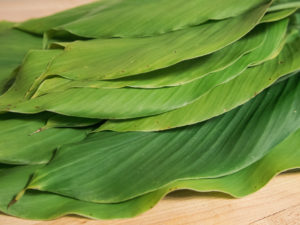
Fourth Day of Pongal
The fourth day of Pongal is called Kaanum Pongal. On this day, traditional rituals are performed where the women place washed turmeric leaves on the ground in the morning before taking a bath.
Rice is placed on these leaves along with betel leaves, betel nuts and sugarcane. They perform Aarti for the prosperity of their brother’s home and family and sprinkle turmeric water and rice on the kolams made on the second day.
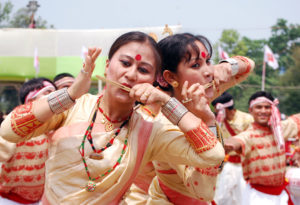
Manifestation of Pongal around India
Although Pongal is a Hindu ritual, it has its roots in science and the cycles of nature. Ancient Indian scholars – nearly 5000 years ago – knew that the sun is the centre of our celestial system and a source of energy, thereby influencing the universal phenomenon of changing seasons.
These beginnings are well known in India and celebrated with a lot of pomp and show by almost all communities throughout the country, albeit with different names & slightly varied traditions. However, the core logic is the same.
● In the western states of India, Pongal is celebrated as Makar Sankranti. People mainly celebrate the second day of Pongal and are seen flying colourful kites on the streets
● In Punjab and all other northern regions, people celebrate Pongal as Lohri where they perform bhangra (a traditional dance of the region) around the bonfire and sing their folk songs. People offer sugar-cane, rice and sesame seeds to the fire and pray for a prosperous harvest
● In eastern regions, people celebrate their harvest festival as Bihu. They celebrate altogether three versions of Bihu across the year, at various cultivation stages of paddy which is the staple crop
● In Maharashtra, people celebrate Hadaga. The festival offers prayers for a good monsoon and harvest. People worship Lord Indra and draw elephants everywhere (vehicle of Lord Indra), to invite the God into their homes and fields.
The main intention of celebrating these festivals is to welcome the spring season and the new harvest. They mark the end of the winter season and give lots of reasons to rejoice, enjoy and have fun. Pongal is a true amalgamation of India’s many sub-cultures celebrating a single cause.
Plan your itinerary with Far Horizon today and dive into the beauty of Southern India and her myriad of fascinating festivals.
Contact us for more details.

